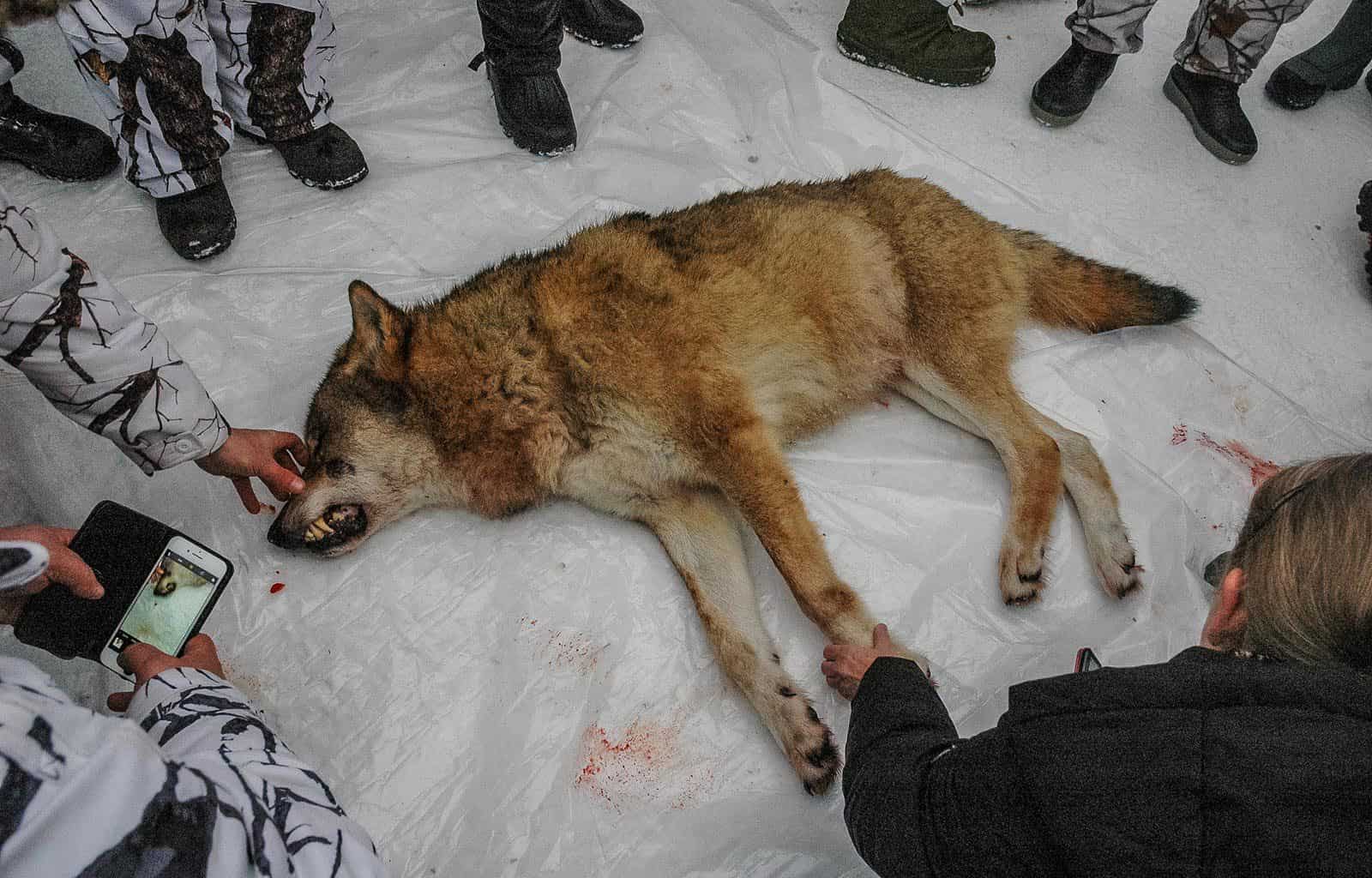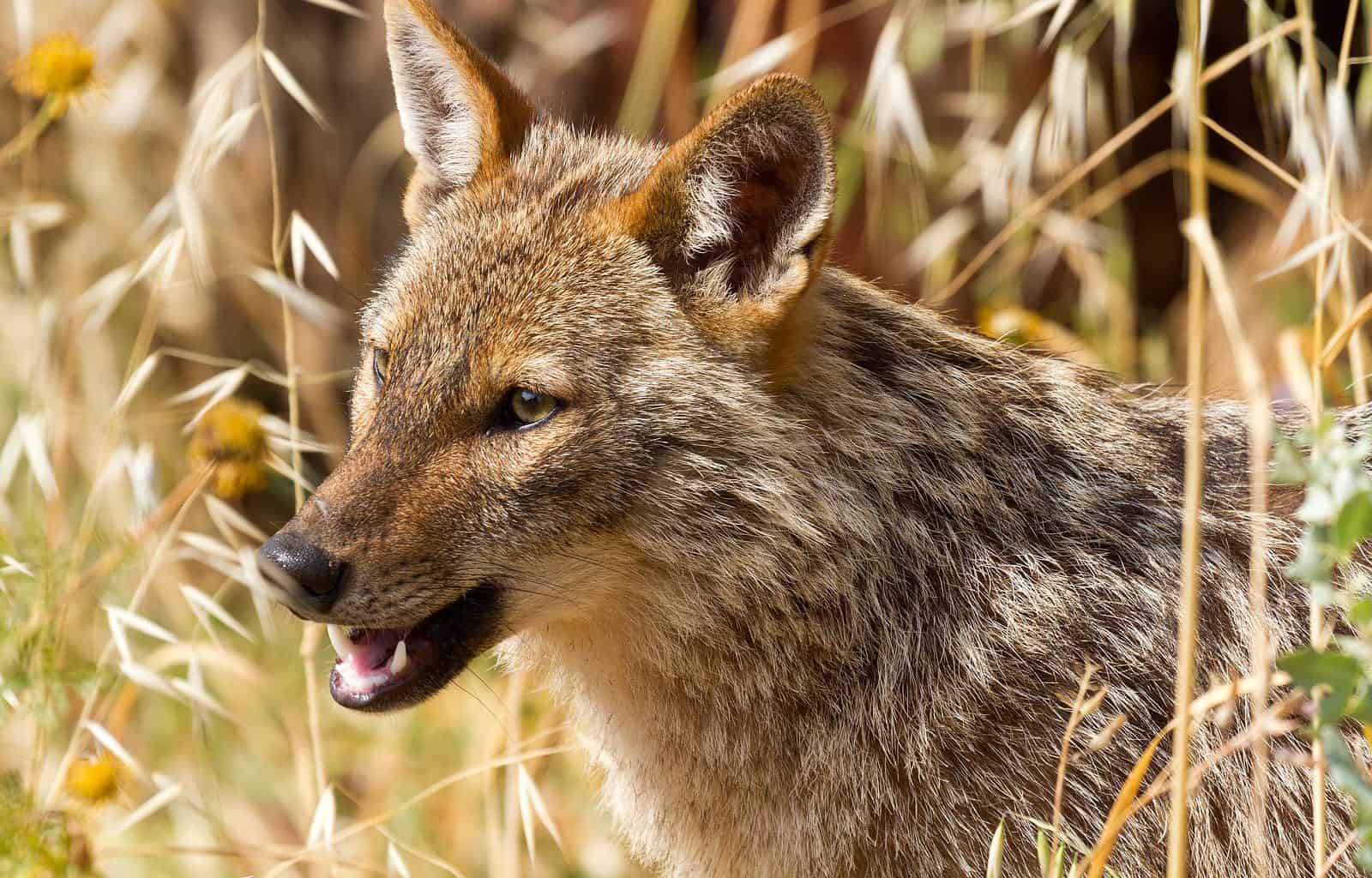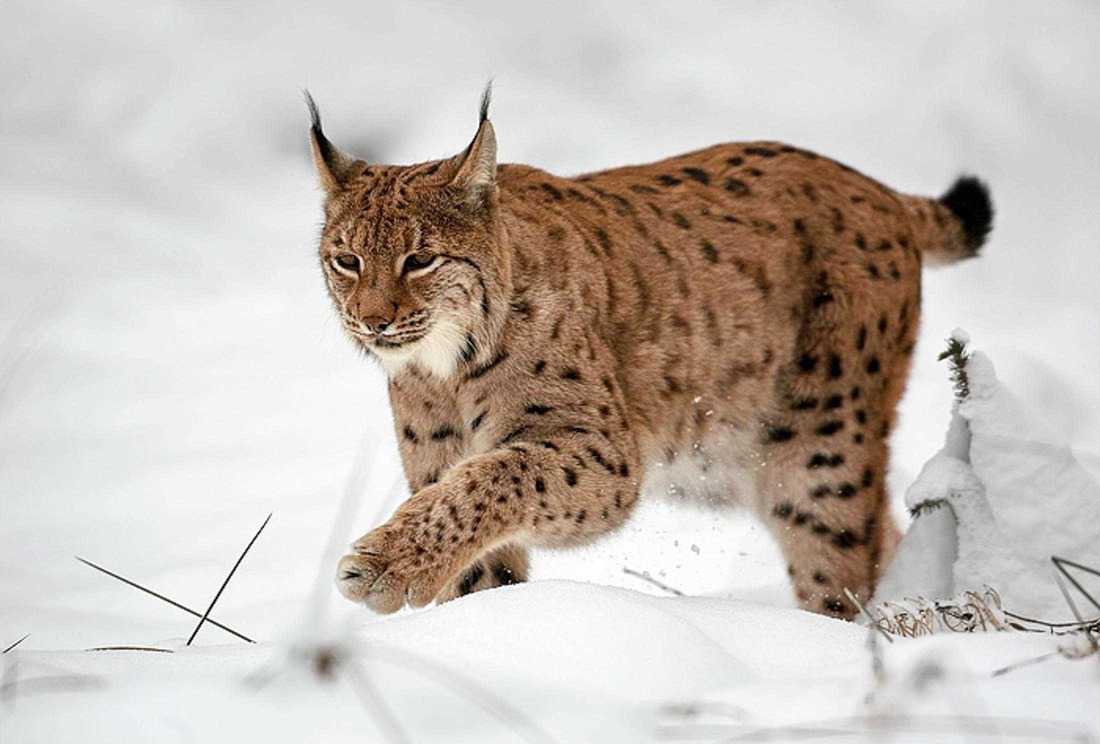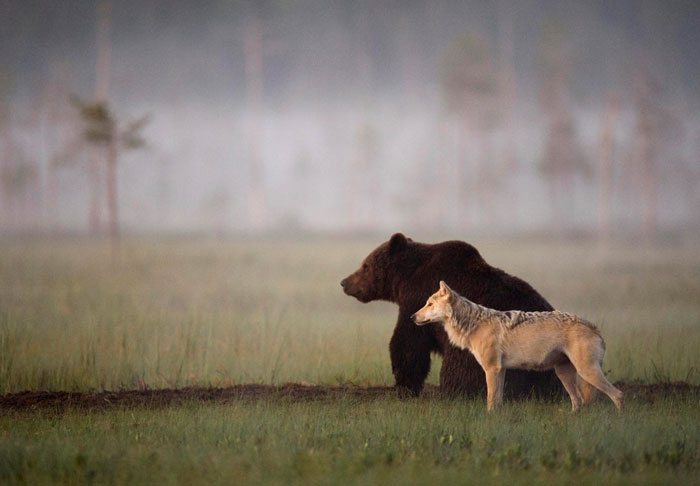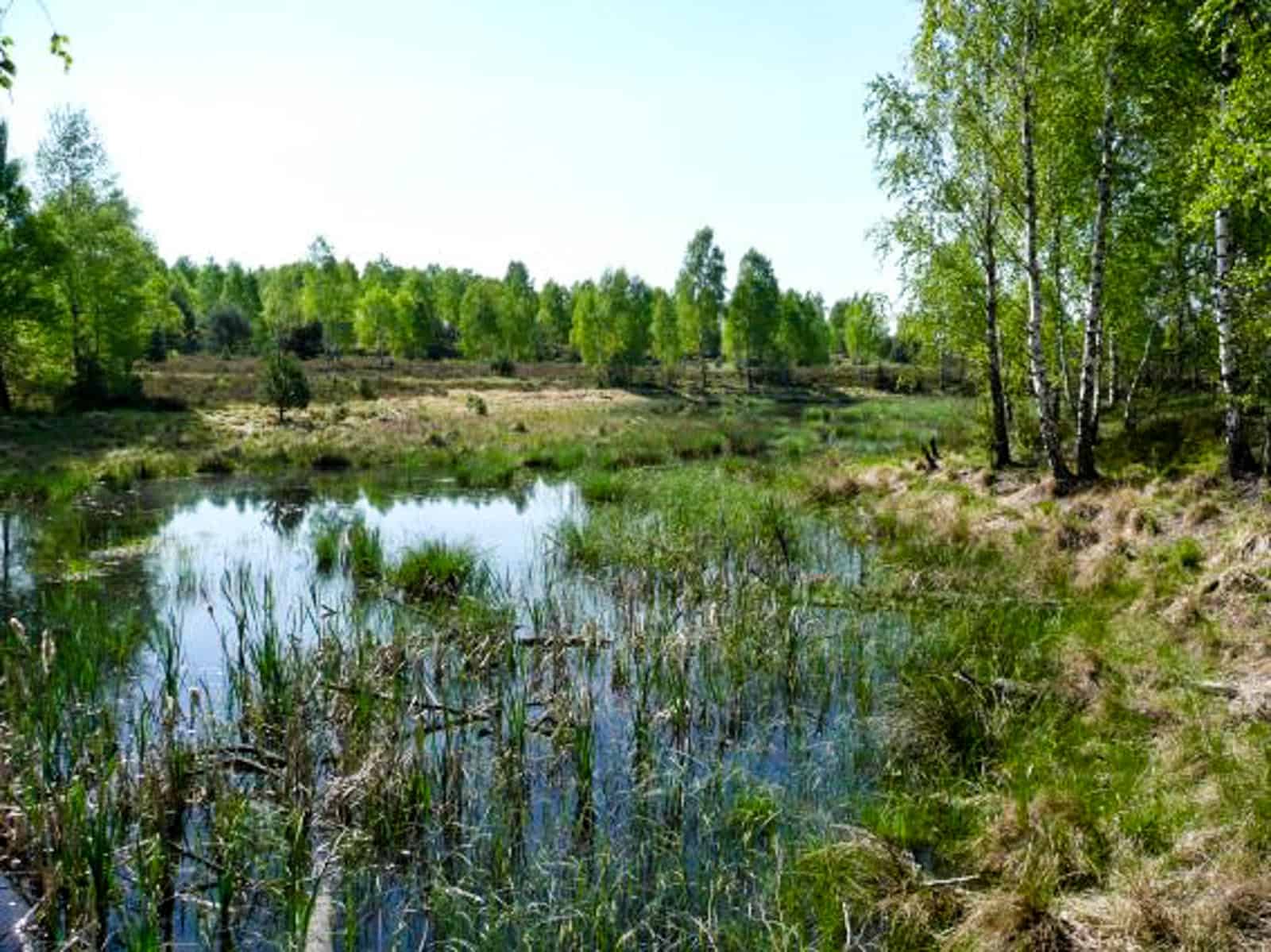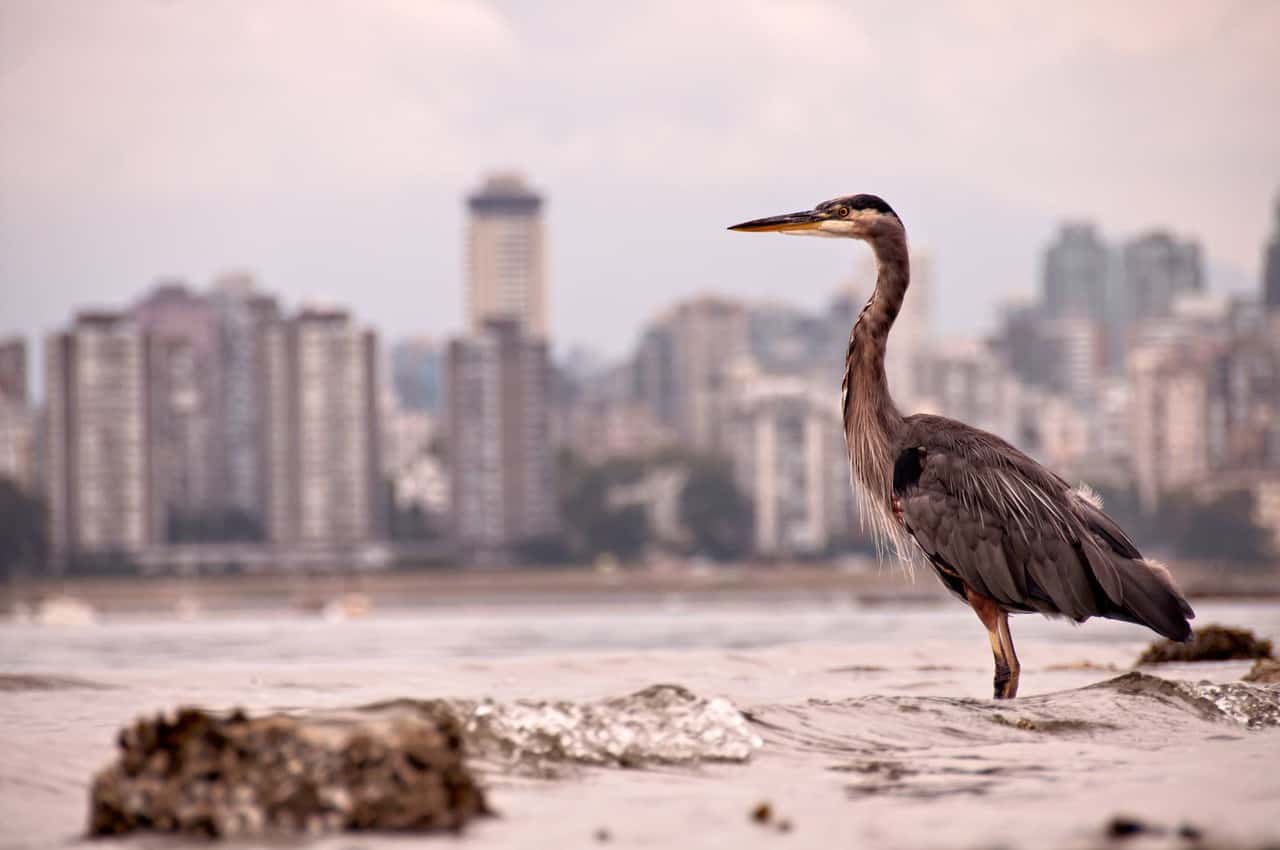The real life Winnie-the-Pooh
World Bear day is upon us again and what better way to celebrate it than with one of the world’s most famous bears, Winnie-the-Pooh! On the off chance that you have not heard of Winnie-the-Pooh before, here is a quick overview. Winnie-the-Pooh is the creation of British author A. A. Milne from the 1920s. Stuffing his face with Hunny, playing Poohsticks, and going on adventures with Piglet or Christopher Robin are amongst Winnie-the-Pooh’s favourite activities. Home to this good-natured furry talking-bear is Hundred Acre Wood, based on the real-life Ashdown Forest in East Sussex, Britain. As well as his habitat being modelled upon a real place, Winnie-the-Pooh himself is also derived from a real bear originally from the Canadian Wilderness.
The Winnipeg Bear
Winnie-the-Pooh all started in White River, Ontario, Canada. While going to report for duty, a Canadian serviceman, going by the name of Harry Colebourn, bought an orphaned bear cub while en route to Quebec. Subsequently, he named the bear ‘Winnipeg’, ‘Winnie’ for short, after the town he grew up in.
Harry was part of the 2nd Canadian Infantry Brigade. His troop was then transferred to England to join up with the Allied forces in preparation for combat on the Western Front during WWI. Winnie went with them and ended up becoming the brigade’s mascot. However, not soon afterwards, their superiors called them into action in France, splitting apart Harry and Winnie. Consequently, Harry loaned Winnie to London Zoo, where she stayed for the rest of her life. Yes, the real-life Winnie was a girl unlike A. A. Milne’s Winnie-the-Pooh! And it was during her stay at the London Zoo which inspired the creation of Winnie-the-Pooh.
Christopher Robin and his father, A. A. Milne, were frequent visitors to London Zoo and, unsurprisingly, were very much attracted to the Canadian bear. Christopher Robin loved seeing Winnie the bear so much that he named his own teddy bear, in combination with a friend’s pet swan, Winnie-the-Pooh. This proved to be ample inspiration for A. A. Milne to write and publish his stories on Winnie-the-Pooh’s adventures.
No bears in East Sussex
Bears, however, should not belong in zoos as they have large spatial requirements in terms of their home range. Experts believe that the range of Eurasian brown bears (Ursus arctos) can extend from 15 km2 to around 200 km2 . It is plainly inhumane to keep bears cooped in a zoo as it does not allow for them to migrate, as they would naturally do. Sadly, bears can are no longer present in the wild in Britain.
Winnie-the-Pooh’s home in East Sussex has not been home to bears for over 1000 years. Experts generally believe that UK’s wild population of Eurasian brown bears went extinct around 1000 AD due to overhunting. Prior to this, habitat fragmentation had already led to an increase in the vulnerability of bear populations. This caused a decline in their numbers during the last glacial maximum, around 20 000 years ago. By the Iron Age, bear populations in Britain were dwindling.
However, despite the dwindling population of the bear in Britain, the animal has always managed to catch the imagination of the island’s inhabitants. During Roman times, Romans used bears for entertainment purposes. Later on, during the Anglo-Saxon and Viking periods, people revered and respected bears as a symbol of power. This was exemplified through the use of bear imagery for stone carvings to mark graves and the use of bear claws in burials. Despite the historical reverence associated with bears, it was this exact connection with human culture that led to its extinction on the British Isles. Bears were unfortunately not allowed to live undisturbed. The rapid fragmentation of the landscape in the first millennium through the expansion of existing settlements and the establishment of new ones wiped out Britain’s wild population of bears.
Some people talk to animals. Not many listen though. That’s the problem.

Hunny eating bears in Europe?
Owing to its long absence, you will not encounter any free-roaming bears eating Hunny like Winnie-the-Pooh anytime soon in Britain. The population on the British Isles was a victim of island biogeorgaphy. Its isolation from the rest of Europe meant its bear population could not be replenished and revitalised by populations migrating from other areas of Europe with stronger populations. Nowadays, the lack of large predators in Britain has resulted in a degradation of wild land, totally unfamiliar to the bears that used to roam the island in great numbers.
The story is different on continental Europe. Many strong populations of Eurasian bears still exist, especially in the Ural Mountains, the Carpathians, the Balkans, and Baltoscandia. The situation is not so favourable in the Alps, with many populations here being very isolated. However, conservationists hope that the Balkan population can act as a population source to replenish and support the alpine population. Key to a strong Alpine population is Slovenia. In Slovenia, the government introduced political measures to protect the bear in the mid-20th century. These included designating the Eurasian brown bear as a protected species and banning the use of poisoned bait. Slovenia connects the strong bear population in the Dinaric Alps with the Italian and Austrian Alps. In this respect, the Slovenian Julian Alps acts as a wildlife corridor. However, even in Slovenia, bears do not have it easy. For example, last year, the Slovenian Commission of the National Council for Farming passed a law to cull 30 wolves and 220 bears for damage prevention purposes.
Bearing through the thin times
On the contrary, in Germany, there is positive news on this front. After the first bear was spotted in 2006 after 170 years of no sightings in Germany. 13 years later in 2019, another surfaced in Bavaria. This bear crossed from Trentino, Italy, to Tirol, a state in Austria, and then onto Bavaria. This is evidence that there are sufficient habitats and stepping stones in the Alps for bears.
If bears are to be embraced as a part of the landscape again, a degradation of its habitats needs to be reversed. Only then, can bears become an integral part of the cultural landscape as they were in the past. As Winnie-the-Pooh says, “You can’t stay in your corner of the forest waiting for others to come to you. You have to go to them sometimes.” If natural habitats in Europe become wild enough again, then the bears will follow this adage from Winnie-the-Pooh and wander into more forests in Europe.

